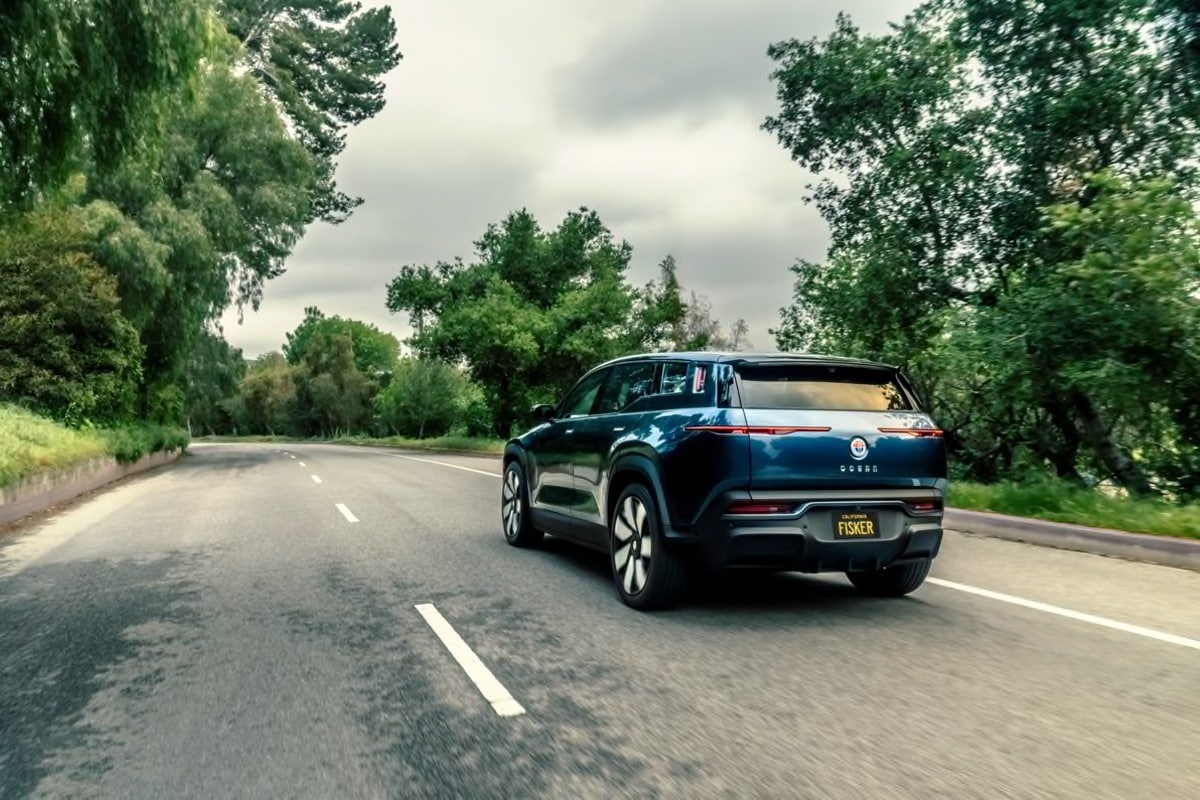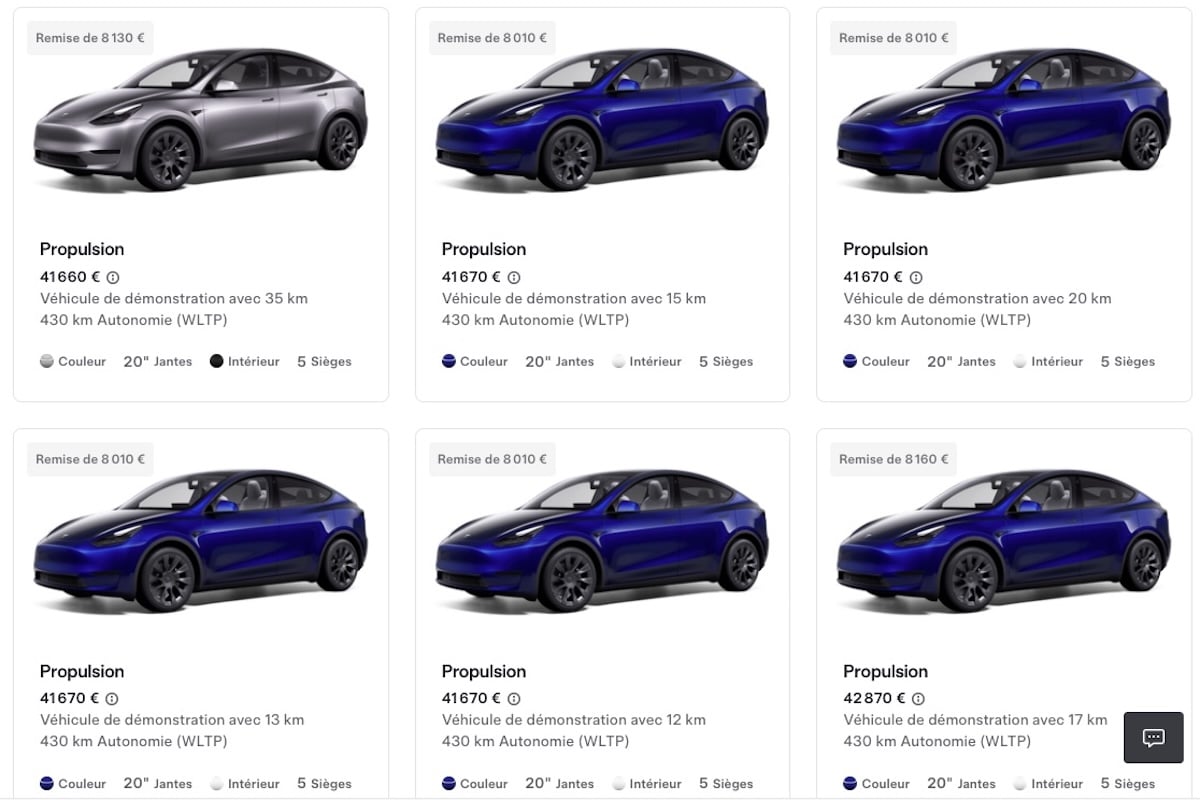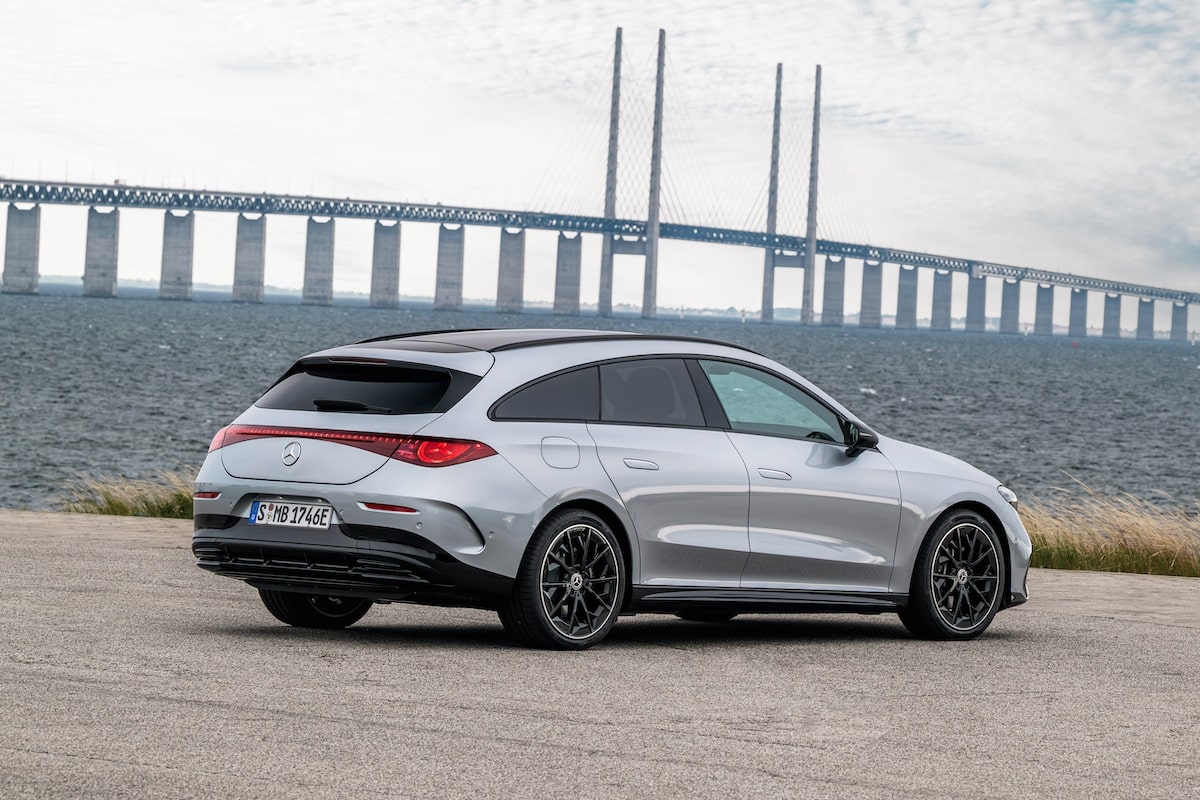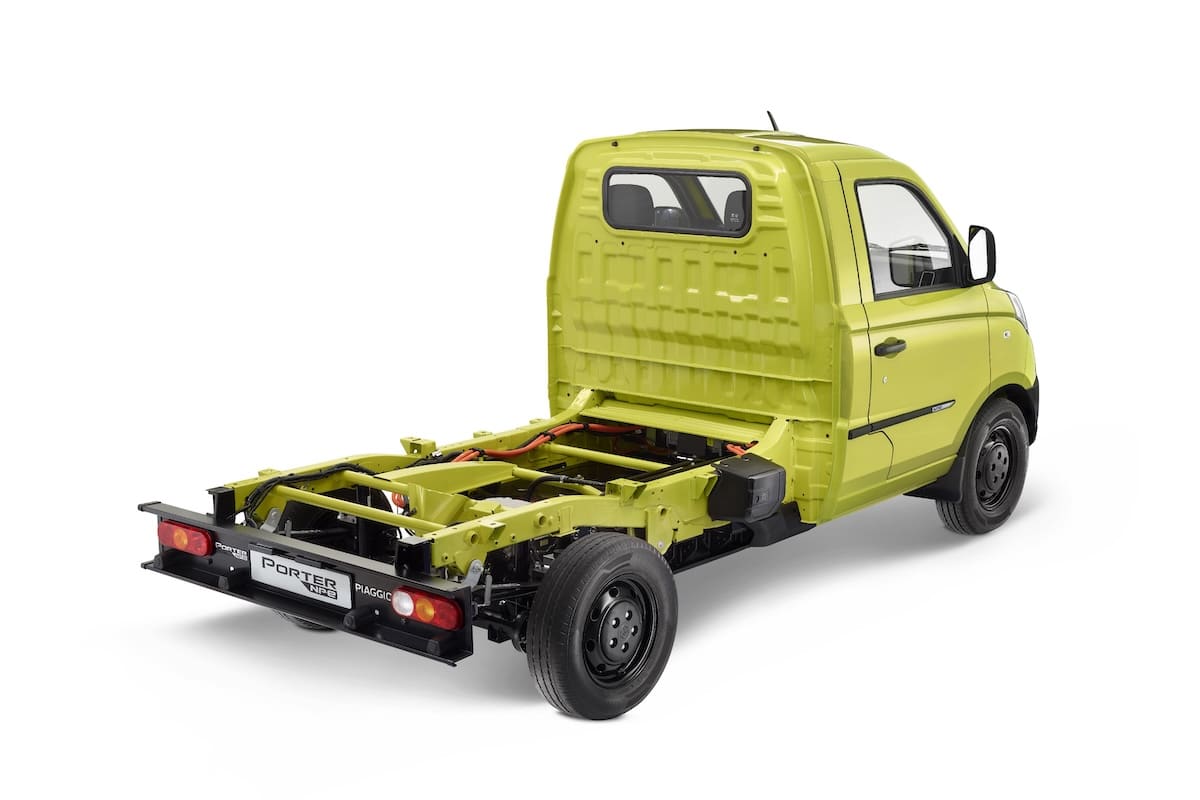Why should we save Fisker?

Henrik Fisker and his team are working tirelessly to save the brand from bankruptcy. But time is running out!
The drama unfolding around Fisker today is fascinating because it is completely unprecedented in the automotive world. It is a heart-wrenching drama where no information is overlooked. For the first time, a manufacturer is not hiding any of its difficulties, communicating with transparency and humility, and inviting us to follow its fight for survival.
In the past 12 months alone, how many electric manufacturers have sunk or are barely surviving, knowing that their end is very near? Volta and its urban electric trucks, Lucid and its excessive sedans, Red Electric and its scooters, Aiways, which envisioned dethroning Tesla. These are all players who have boasted about exceptional prospects, seeing themselves as more attractive and smarter than others, all while, excuse the expression, having both feet stuck in the mud… None recognized their difficulties or slowed down before the “too late” sign. It’s a shame, because while there may not be room for everyone, these four manufacturers had everything to succeed—everything except the clarity to see the reality.
No Coué method at Fisker
Fisker is in trouble and is not hiding it. We keep repeating that the manufacturer’s three current models, the Ocean, the Pear, and the Alaska, are excellent cars, well thought out. The finish might lag a bit, but take a look at the first Dacia Sandero and the first Tesla Model S and dare to come lecture Fisker. You can’t compare without a reference point. Fisker is a young manufacturer, and inevitably, the after-sales service network is only embryonic. By trying to do everything alone, they ended up doing it poorly, which the manufacturer acknowledged and is now seeking alliances to develop a real customer service network—not under its own name, but by relying on experts, as seen in the early French centers opened in Lyon and Toulouse.
Then there are the finances, and all the indicators are red. Losses in the last quarter of 2023 indeed reached 463 million dollars! This represents a loss of 1.23 dollars per share when that same share is currently trading at 0.15 dollars. No need to pull out a calculator; the coffers are not only empty but leaking, as the little money coming in goes straight back out to cover debts. The stock has lost 90% of its value since the beginning of this year, while it has dropped about 76% in 2023…
This climate is certainly not conducive to reassuring potential buyers, and order books are struggling to fill up. How can customers be blamed? Who would go buy a car from a manufacturer that is facing imminent bankruptcy? Fisker has thus chosen to suspend its activity for 6 weeks to exhaust current stock and limit expenses.
Grow to survive
And now, what to do? Fisker announced yesterday the issuance of 150 million dollars in convertible bonds maturing in 2025. A real breath of fresh air, but be careful because this model poses risks for the issuer. If Fisker is unable to repay by 2025, they will be converted into shares, allowing the holder to take control of the company. If you’ve read this article closely, you probably noticed that 150 million dollars, which will also be paid in four installments, covers only one-third of the last quarter’s losses for 2023. This will not be enough, hence the search for a solid partner willing to enter the capital and leverage Fisker’s electric expertise for cash payment. The Nissan option is the most serious to date, but the recent rapprochement with Honda raises questions. Unless Honda and Nissan have chosen to take advantage of this opportunity to acquire a 100% electric technology at a lower cost that they currently lack.
The coming weeks will be crucial for Fisker, and we will closely follow the upcoming developments. Hoping sincerely for the best for this endearing brand.
This page is translated from the original post "Pourquoi faut-il sauver Fisker ?" in French.
We also suggestthese articles:
Also read





